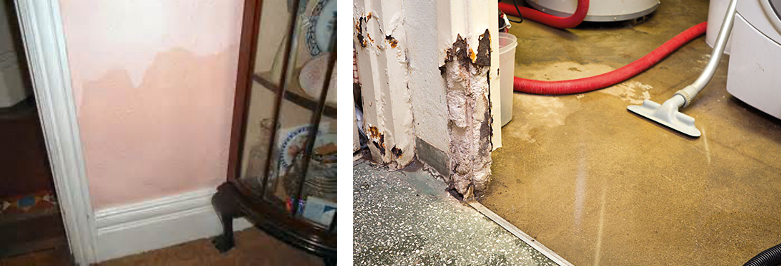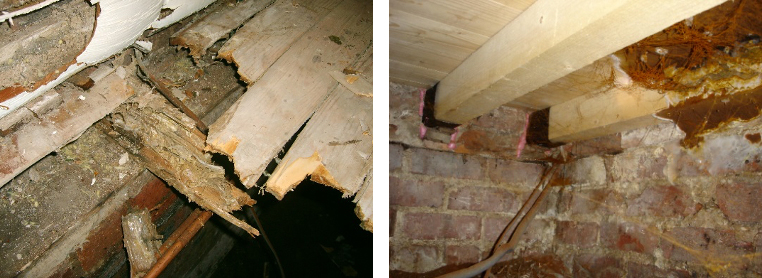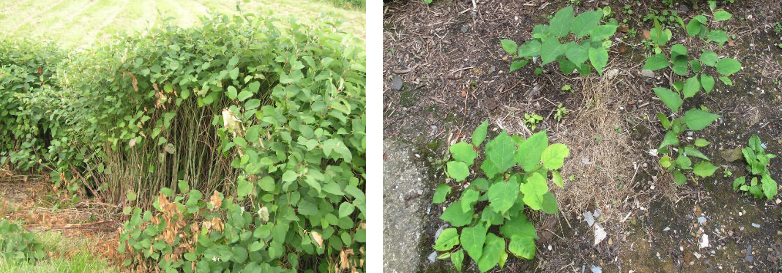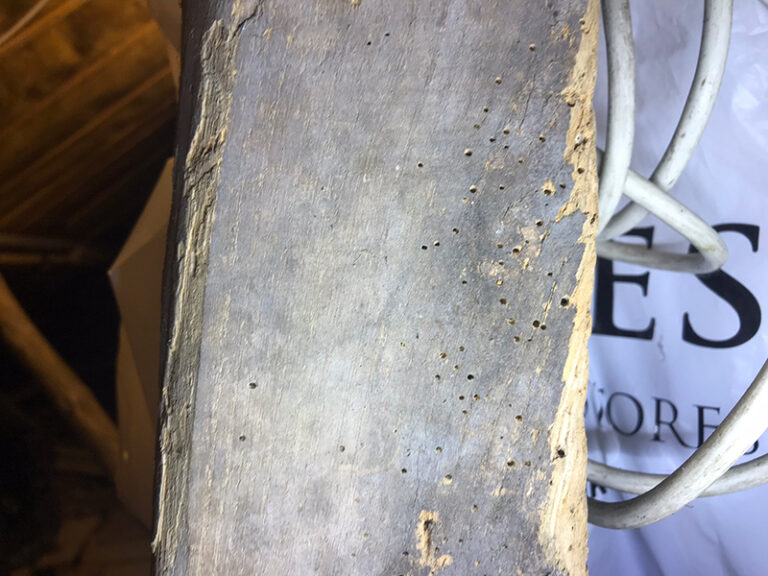
Surveys and Valuations in Norfolk, Suffolk and London
Telephone: 01603 661199
Email: surveys@humberts.com

Set out below are a sample of structural and potential issues that can be found in property:
1. Subsidence, heave, landslip

This can be caused by inadequate foundations, shrinkage and expansion of soils, soil erosion, broken drains, tree roots etc.,
2. Rising damp, water ingress and penetration

Damp is the presence of unwanted moisture in the structure of a building. This may be caused by condensation, a lack of a damp proof course, slipped roof tiles, faulty guttering or split lead flashings. External ground levels may be above the damp proof course; climbing plants can cause issues with rendering.
3. Dry Rot

Dry rot is wood decay caused by certain species of fungi that digest parts of the wood which give the wood strength and stiffness. Different treatments are required for different stages of the decay.
4. Wet Rot

Wet rot, whilst typically not as difficult to eradicate as dry rot, occurs more often and can nevertheless cause severe damage within your property. The rot attacks timber in damp conditions and is caused from sources of defective plumbing, gutters and downpipes.
5. Japanese Knotweed

Originally imported as an exotic plant for landscaping gardens, it is an invasive species which can cause foundations, patios and paths to crack through root growth. It can spread and cause damage to your neighbour’s property and is covered under the Anti-social Behaviour, Crime and Policing Act 2014. Japanese Knotweed can be expensive to eradicate and may affect the value of the property.
6. Wood Boring Beetle

One of the most common in the UK is the Common Furniture Beetle. The woodworm larval stage feeds on timber and leave tiny holes on the wood’s surface. Woodworms are off-white or yellow in colour with a small brown head.
The female lays her eggs in cracks in wood or inside old exit holes, if available. The eggs hatch after some three weeks, and for three to four years the larvae bore semi-randomly through timber. They come nearer to the wood surface when ready to pupate. The adults then break through the surface, making an exit hole and spilling dust, the first visible signs of an infestation. After they emerge, the adults do not feed; they find mates, reproduce, and die.
Enquiry
To discuss which type of survey is the most appropriate for you and to obtain a quote and availability:
Complete the form below, call 01603 661199 or email: surveys@humberts.com
Testimonials
” Very professional from sending quote to carrying out survey” – Mr Gillies
“Very expedient service and the report we received was of excellent quality and met our needs. Very professional would highly recommend this company” -. Mr Mitchell
“Humberts of Norwich provided a very efficient and personal service on the purchase of our new home. The survey of the house was detailed, easy to understand and provided all the information we required. Buying a house is just as stressful as selling one and Humberts’ calm advice helped us navigate the tortuous process successfully.” –Mr Yates
Norwich
CH (Norwich) Limited trading under license as Humberts
13 Upper King Street, Norwich, Norfolk NR3 1RB
Registered Company Number 7881516
Member of RICS


